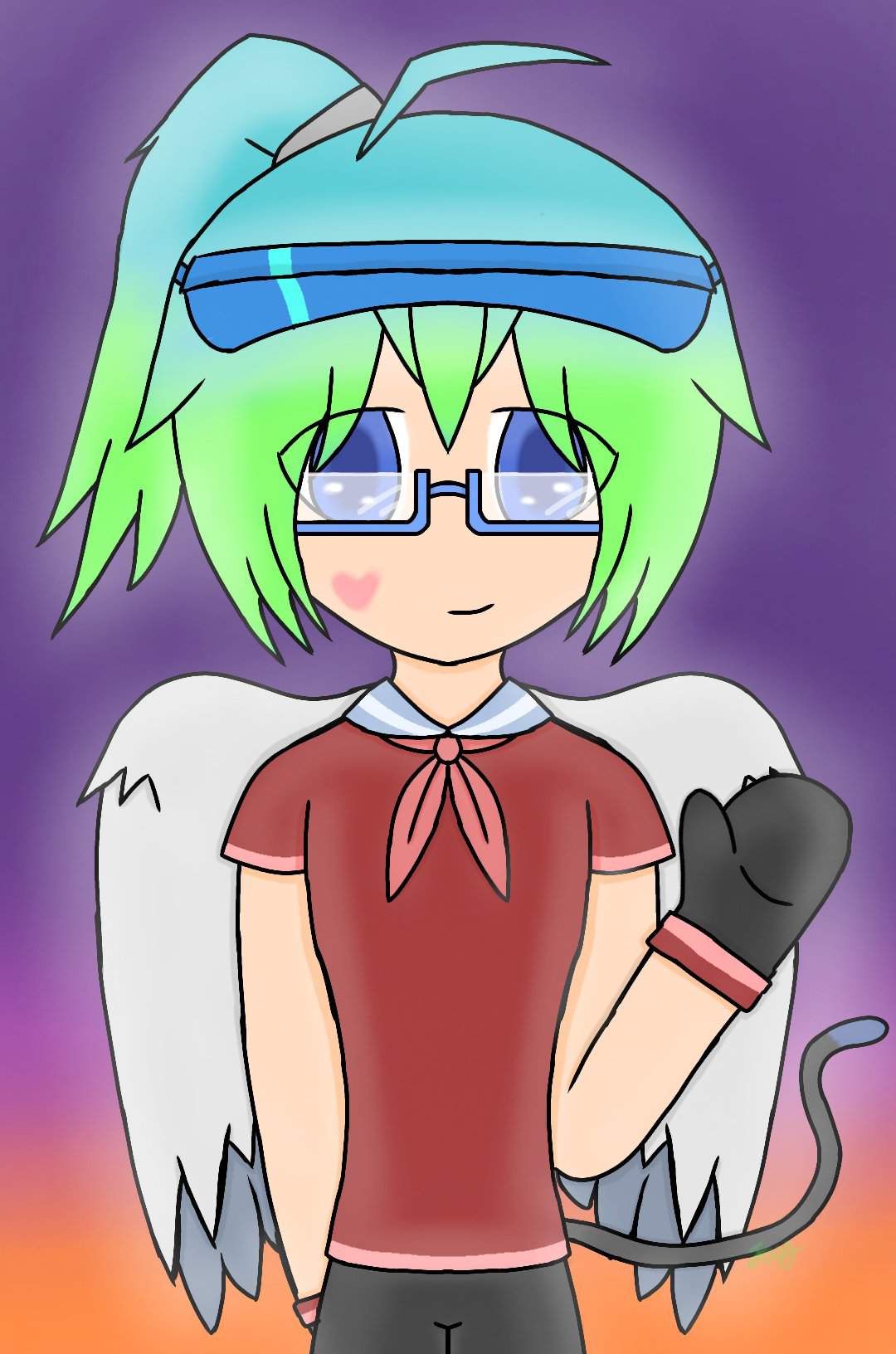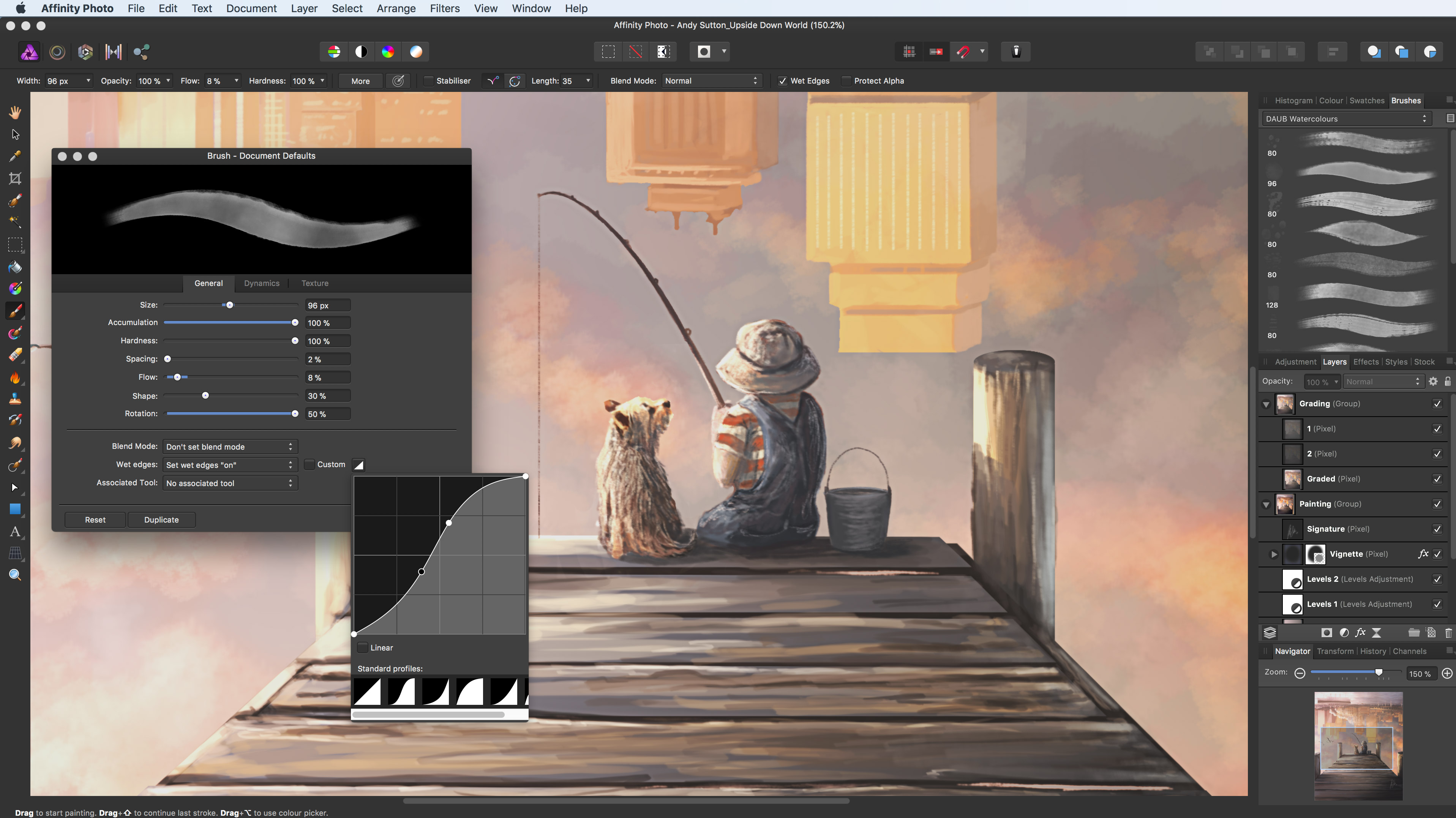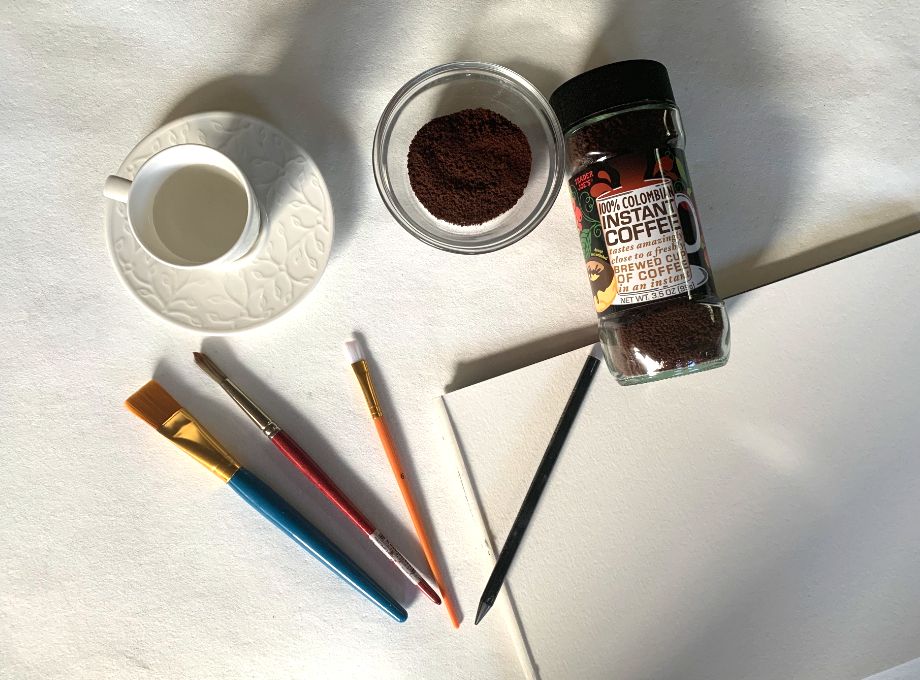
Avoid extreme fluctuations of temperature and humidity in your studio space. LED and fibre optic lights are safest from UV rays and should be used exclusively in spaces where you create your artwork. Check for UV filters on the packaging of bulbs. Make sure your studio doesn’t have any incandescent bulbs or fluorescent lights that emit UV radiation. When you leave the room, keep the artwork in a drawer or cover it with acid-free tissue and close curtains and blinds. Avoid direct sunlight for extended periods of time, especially with very sensitive watercolour paintings. UV can cause colour fading, cracking of the paint and other unwanted chemical reactions. Limit exposure to sunlight and UV light even whilst creating your artwork as most artworks (with the exception of oils, more on this later) are light sensitive and will fade. Using ASTM I or BWS 1-2 permanence will ensure your artwork will look the same for 100+ years when stored or displayed under normal conditions. These are either expressed in ASTM (American Society for Testing Materials) ratings (I: excellent, II: very good, III: not sufficiently lightfast) or on a scale of 1-8 according to the Blue Wool Scale (1: excellent – 8: very poor). 
Artist quality paints will always display their lightfastness ratings or otherwise known as permanence.

Dyes are known to have brilliant colours straight out of the bottle, however, they fade pretty quickly.
Use lightfast, pigment-based materials and avoid dyes. Nowadays acid-free is an industry standard for good quality art paper. – Archival or museum grade: acid-free cotton rag paper made from cotton pulpīoth are perfectly acceptable and will make for a great substrate for your artwork. – Conservation grade: acid-free, buffered paper made from wood-based pulp You may come across the following terms when your are looking for the ideal paper: 
Acid will cause yellowing and deterioration over time, which is accelerated when heat and sunlight is involved.
Use acid-free (or PH neutral) materials including your paper and anything that will come into contact with your artwork ( portfolio materials, backing boards, masking tape, etc).







 0 kommentar(er)
0 kommentar(er)
